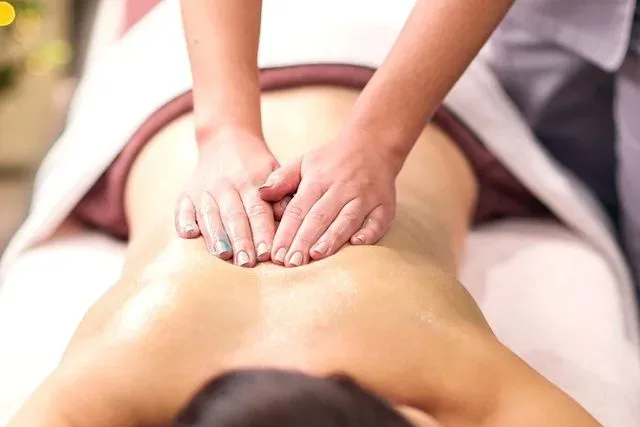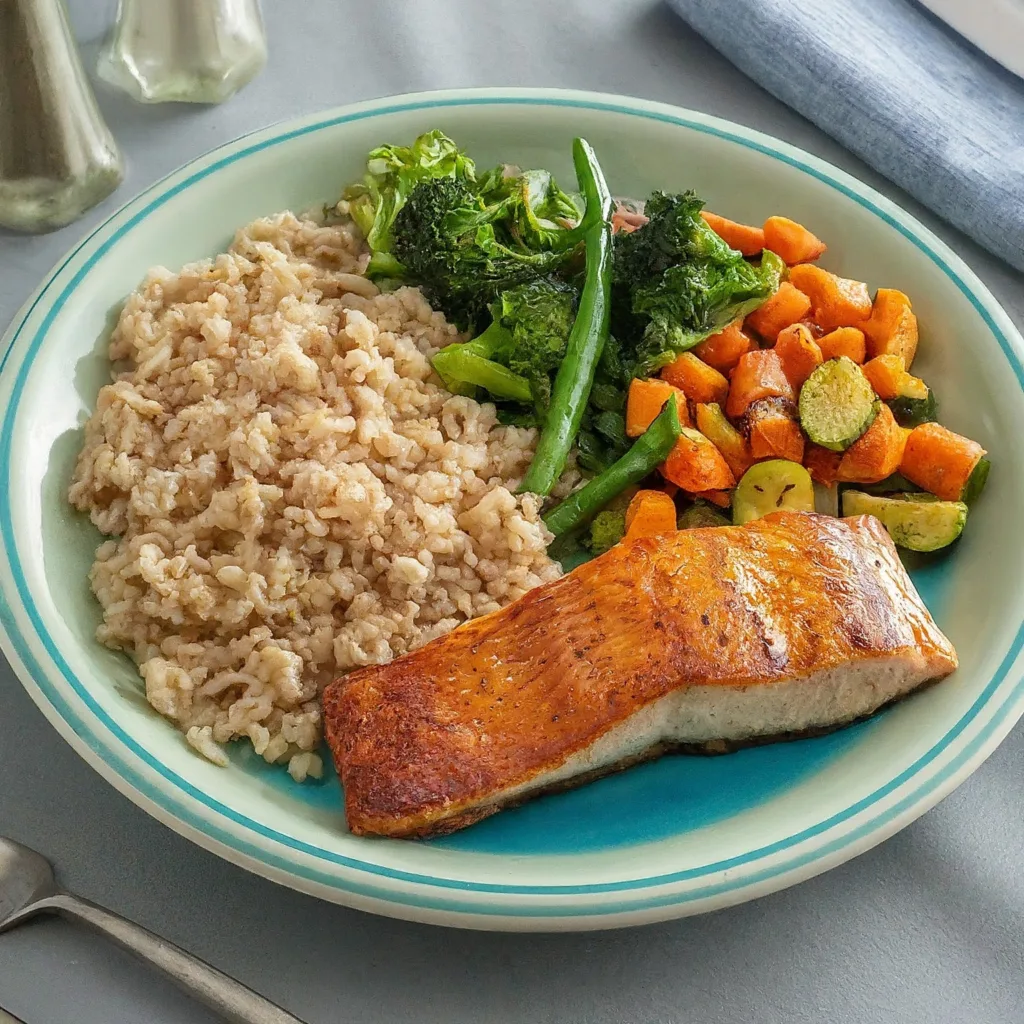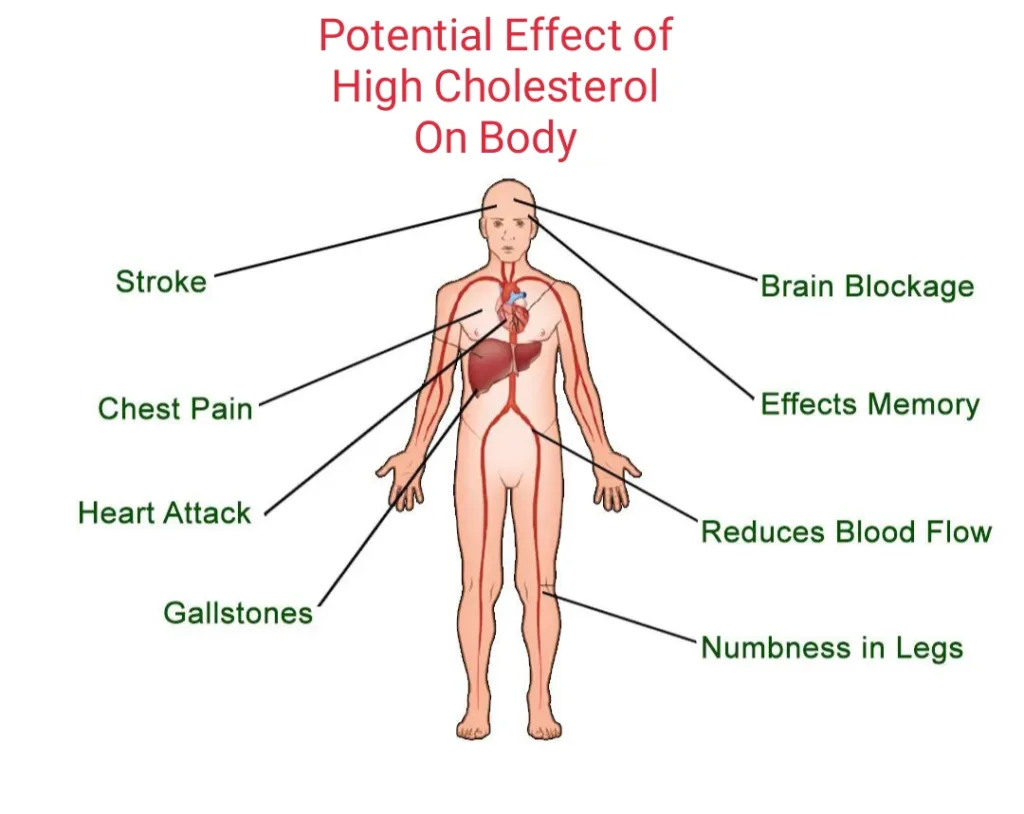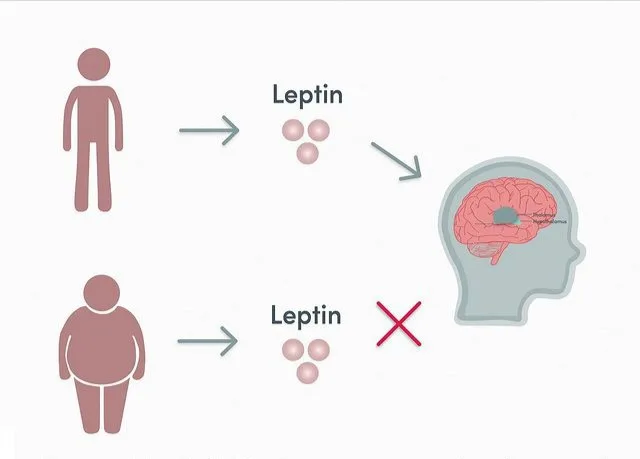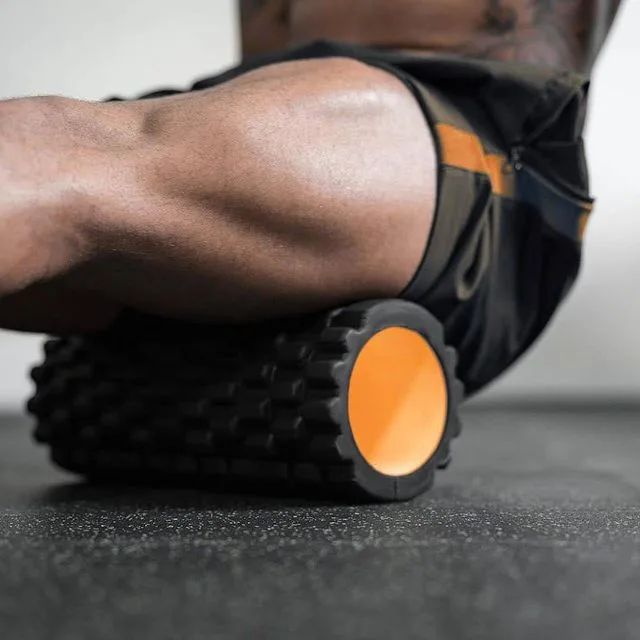Sharp muscle pain can be caused by various factors, including strain or injury, overuse, poor posture, or medical conditions such as fibromyalgia or polymyalgia rheumatica.
It is important to determine the underlying cause of the pain in order to determine the most appropriate course of treatment. In some cases, rest, physical therapy, and over-the-counter pain medications may be enough to alleviate the pain, while more severe cases may require medical intervention or prescription medications.
Symptoms
Sharp muscle pain can present with various symptoms, including:
- Sudden, intense pain: Sharp muscle pain is often characterized by a sudden and intense pain that can be felt in a specific area of the muscle.
- Limited range of motion: The affected muscle may feel tight and restrict movement, causing difficulty with normal activities such as reaching, lifting, or walking.
- Muscle spasms: Sharp muscle pain can be accompanied by involuntary muscle contractions, known as spasms, that can be painful and cause the muscle to feel tight or knotty.
- Swelling: Inflammation can occur in the affected area, causing swelling and redness.
- Bruising: In some cases, injury to the muscle may result in bruises or discoloration.
- Weakness: The affected muscle may feel weak or fatigued, making it difficult to perform normal activities.
It’s important to note that the symptoms of sharp muscle pain can vary depending on the underlying cause and the severity of the injury or condition.
Causes of sharp muscle pain
Sharp muscle pain can be caused by various types of conditions or injuries, including:
- Strain or sprain: Caused by overuse or sudden injury to a muscle or ligament
- Muscle cramps or spasms: Sudden and involuntary contraction of a muscle that can cause sharp pain
- Trigger points: Knots or tight areas in the muscle that can cause referred pain in other areas of the body
- Tendinitis: Inflammation of a tendon caused by overuse or injury
- Fibromyalgia: A chronic condition that causes widespread muscle pain, tenderness, and fatigue
- Polymyalgia rheumatica: An inflammatory disorder that causes muscle pain and stiffness, especially in the neck, shoulders, and hips
- Pinched nerves: Occurs when a nerve is compressed by surrounding tissues, causing sharp pain, numbness, or tingling in the affected area.
- Muscle injuries: Can be caused by a variety of factors including overuse, trauma, or direct impact and can result in conditions such as strains, sprains, tears, or contusions.
- Muscle tension: Can be caused by stress, anxiety, or poor posture and can result in tight, sore muscles that cause sharp pain
Treatment of sharp muscle pain
The treatment of sharp muscle pain will depend on the underlying cause of the pain, but here are some common treatments:
- Rest: In many cases, rest and avoiding activities that worsen the pain can help alleviate the pain and promote healing. 1 2
- Ice and heat therapy: Applying ice or heat to the affected area can help reduce inflammation and relieve pain. 3 4
- Over-the-counter pain medications: Nonsteroidal anti-inflammatory drugs (NSAIDs) such as ibuprofen or acetaminophen can help relieve pain and reduce inflammation. 5 6 7
- Physical therapy: Exercises prescribed by a physical therapist can help strengthen the affected muscle and improve range of motion. 8
- Stretching and massage: Stretching and massage can help relieve muscle tension and reduce pain. 9
- Prescription medications: In some cases, a healthcare provider may prescribe stronger pain medications or muscle relaxants.
- Surgery: In severe cases of muscle injury, surgery may be necessary to repair the affected muscle or remove any damaged tissue.
It’s important to note that the best course of treatment will depend on the underlying cause of the pain and the severity of the injury or condition.
Who might get sharp muscle pain?
Anyone can experience sharp muscle pain, although some factors can increase the risk. Some populations who may be more susceptible to sharp muscle pain include:
1. Athletes: People who engage in physical activity, especially those who participate in high-impact sports, are more likely to experience muscle injuries that can cause sharp pain.
2. Older adults: As people age, they may experience decreased flexibility and increased muscle stiffness, making them more susceptible to sharp muscle pain.
3. People with sedentary lifestyles: Prolonged sitting or inactivity can lead to muscle tension and increase the risk of sharp muscle pain.
4. People with medical conditions: Certain medical conditions, such as fibromyalgia, arthritis, or nerve damage, can cause widespread muscle pain and increase the risk of muscle pain.
How do healthcare providers diagnose sharp muscle pain’s cause?
Healthcare providers can diagnose the cause of sharp muscle pain by performing a physical examination, reviewing the patient’s medical history, and conducting additional tests as needed.
Here are some common diagnostic methods used to determine the cause of sharp muscle pain:
1. Physical examination: A healthcare provider will examine the affected area and check for signs of swelling, tenderness, or restricted range of motion.
2. Medical history: The healthcare provider will ask questions about the patient’s symptoms, including when they started, how they have changed, and what makes the pain worse or better.
3. Imaging tests: Imaging tests, such as X-rays, MRI, or CT scans, can help the healthcare provider see the inside of the body and identify any underlying conditions that may be causing the pain.
4. Blood tests: Blood tests can help determine if there is an underlying medical condition, such as an infection, that may be causing the pain.
5. Nerve tests: In some cases, nerve tests, such as electromyography (EMG), may be performed to help determine if a nerve problem is causing the pain.
- Asp M. “Rest: A Health-Related Phenomenon and Concept in Caring Science.” Glob Qual Nurs Res. 2015 Apr 29;2:2333393615583663. doi: 10.1177/2333393615583663. PMID: 28462307; PMCID: PMC5342845.[↩]
- Bechert K, Abraham SE. “Pain management and wound care.” J Am Col Certif Wound Spec. 2009 May 23;1(2):65-71. doi: 10.1016/j.jcws.2008.12.001. PMID: 24527116; PMCID: PMC3478916.[↩]
- Wang Y, Lu H, Li S, Zhang Y, Yan F, Huang Y, Chen X, Yang A, Han L, Ma Y. “Effect of cold and heat therapies on pain relief in patients with delayed onset muscle soreness: A network meta-analysis.” J Rehabil Med. 2022 Feb 8;54:jrm00258. doi: 10.2340/jrm.v53.331. PMID: 34636405; PMCID: PMC8862647.[↩]
- Malanga GA, Yan N, Stark J. “Mechanisms and efficacy of heat and cold therapies for musculoskeletal injury.” Postgrad Med. 2015 Jan;127(1):57-65. doi: 10.1080/00325481.2015.992719. Epub 2014 Dec 15. PMID: 25526231.[↩]
- “NSAIDs.” National Health Service.[↩]
- Fendrick AM, Greenberg BP. “A review of the benefits and risks of nonsteroidal anti-inflammatory drugs in the management of mild-to-moderate osteoarthritis.” Osteopath Med Prim Care. 2009 Jan 6;3:1. doi: 10.1186/1750-4732-3-1. PMID: 19126235; PMCID: PMC2646740.[↩]
- Ghlichloo I, Gerriets V. “Nonsteroidal Anti-inflammatory Drugs (NSAIDs).” In: StatPearls [Internet]. Treasure Island (FL): StatPearls Publishing; 2022 Jan-. Available from: https://www.ncbi.nlm.nih.gov/books/NBK547742/.[↩]
- Şahin N, Karahan AY, Albayrak İ. “Effectiveness of physical therapy and exercise on pain and functional status in patients with chronic low back pain: a randomized-controlled trial.” Turk J Phys Med Rehabil. 2017 Aug 9;64(1):52-58. doi: 10.5606/tftrd.2018.1238. PMID: 31453489; PMCID: PMC6709610.[↩]
- Smith CA, Levett KM, Collins CT, Dahlen HG, Ee CC, Suganuma M. “Massage, reflexology and other manual methods for pain management in labour.” Cochrane Database Syst Rev. 2018 Mar 28;3(3):CD009290. doi: 10.1002/14651858.CD009290.pub3. PMID: 29589380; PMCID: PMC6494169.[↩]


